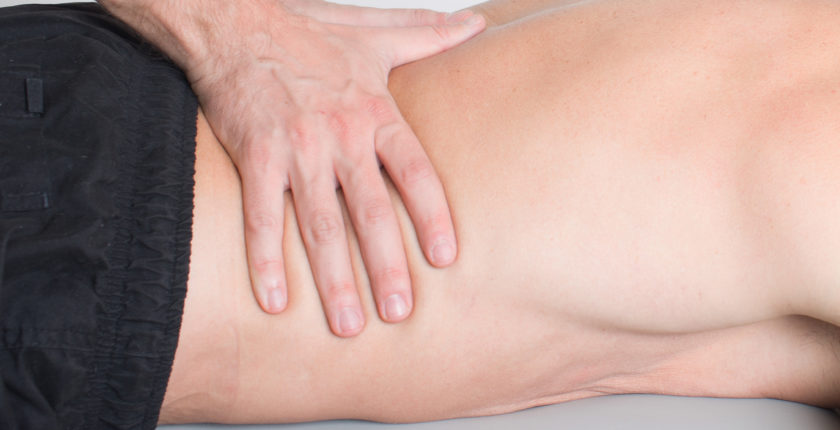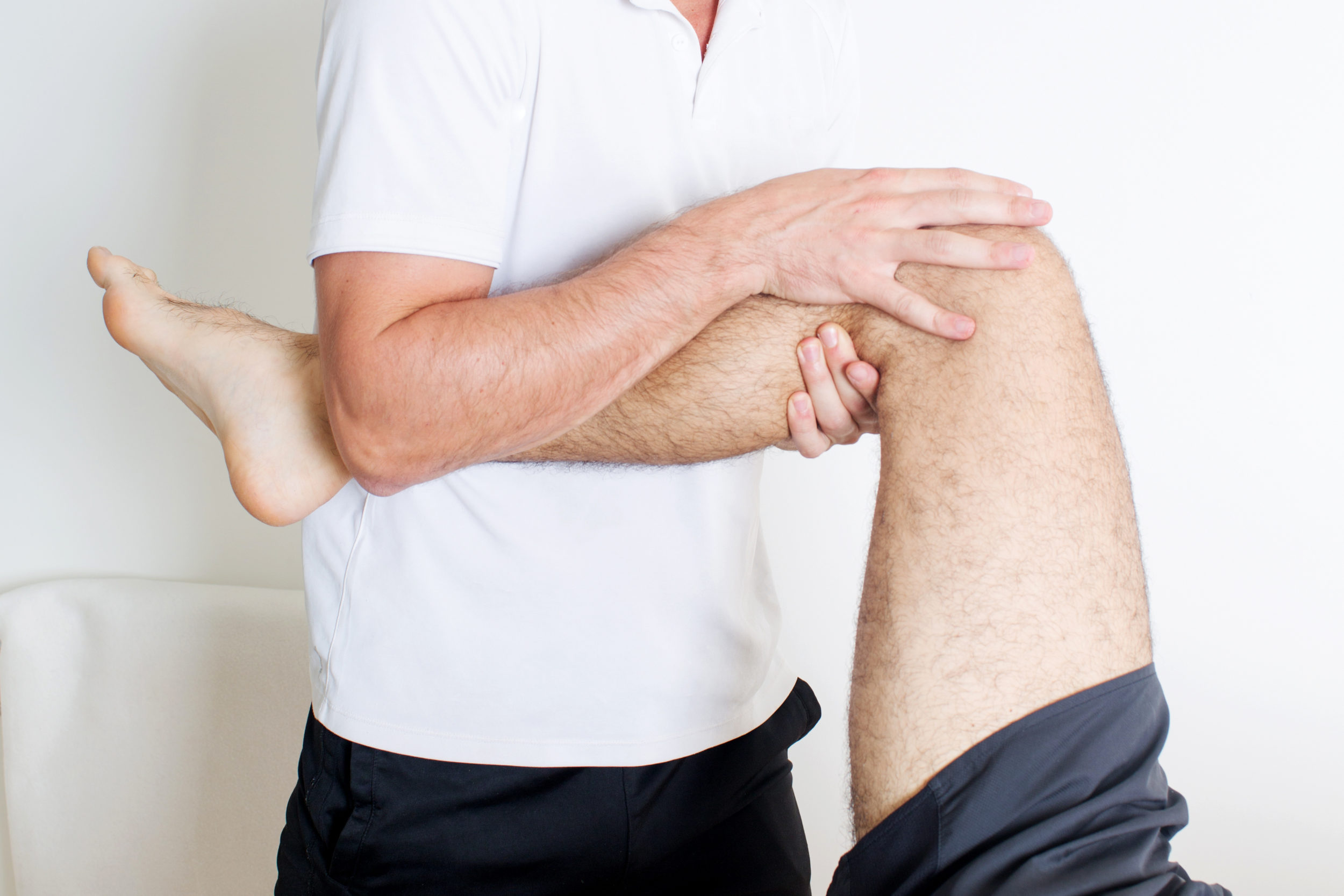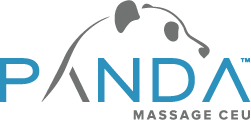Rolfing 101: Everything You Need to Know as a Massage Therapist
- October 12, 2018
- Posted by: massageceu
- Category: Rolfing techniques

The Comprehensive Guide to Rolfing for Massage Therapists
As a massage therapist, there are a lot of tools at your disposal for helping your clients to feel better, experience a reduction in pain, and achieve greater levels of wellness. When a client comes to see you that’s suffered from sports-related injuries or needs enhanced recovery between sporting events, you turn to sports massage. Or, when a client is suffering from major muscle tightness, you might turn to deep tissue.
In addition to these more “conventional” approaches to massage, a variety of integrative massage techniques and alternative therapies are available to you as well. You might choose to attend school for something that lies outside the scope of practice of massage and obtain an extra certification in that field. Acupuncture is one example of a modality that falls into this category. Or, you may choose to further study that can be performed as part of your massage therapist licensure — for example, reiki or various forms of Asian massage.
Rolfing is an approach structural integration in the body that can be practiced once you’ve passed the massage licensing exam, or MBLEx. While Rolfing differentiates itself from other forms of deep tissue massage, many massage therapists who are unfamiliar with the technique lump it together with other approaches to bodywork. However, proponents of Rolfing claim that it has something unique to offer when it comes to realigning the body and allowing for healing.
Are you looking to learn more about Rolfing? Maybe you’re even considering taking a course so that you can add it to the range of services you’re able to offer to your clients. Either way, you’ve come to the right place!
In this guide, we’ll cover a range of topics on Rolfing, including:
- What Rolfing is
- The theory behind Rolfing
- The differences between Rolfing and massage
- A typical Rolfing session: The Ten-Series
- Options for receiving training and certification in Rolfing
- Rolfing and the massage licensing exam
By the end of this guide, you’ll have a good understanding of what Rolfing is, how it’s different from other forms of massage therapy, and what kind of licensure you’ll need in order to incorporate it into your massage practice. Ready to learn more? Here we go!
What Is Rolfing?
If you’re like most massage therapists, you’ve probably heard of Rolfing before. Maybe your massage education program even touched on it a bit. Or, perhaps you’ve met someone at a conference or workshop that practices Rolfing, or read an overview somewhere online at some point. Still, though, it’s not uncommon for most massage therapists to be fairly unfamiliar with this technique. So, what is Rolfing?
Rolfing is an approach to bodywork that seeks to reorganize the tissues of the body, particularly the connective tissue or fascia. It may sound a bit obvious to say that the whole body is connected by connective tissue, but it’s something that many of us take for granted. Certainly, there are bones, muscles, organs, and all sorts of other important structures in the body — but the fascia is what really holds it all together.
Rolfing was developed by Dr. Ida P. Rolf, a biochemist of the early to mid-20th century. Rolf was motivated by a desire to address health problems that both she and her children were suffering from, and felt that the readily available explanations of the day were insufficient to account for these problems. She spent many years studying and learning more about various systems of health and healing, including yoga, chiropractic, homeopathy, and more.
As part of her study of these various alternative health disciplines, Rolf noticed that they all had one thing in common: a focus on the proper alignment of the body so as to maximize its potential for healthy functioning. However, Rolf took this realization one step further. Rolf began to consider the way that gravity can affect our bodies, and the impact that gravity has on our alignment over time.
This led Rolf to wonder what sort of structural order in the body would allow it to become fully integrated in such a way as to function best? Gravity factored heavily into this consideration, too, because Rolf understood that gravity places constant force upon the body and offers resistance to our movements.
In seeking to address this, Rolf developed the technique that we now know as Rolfing. As Rolf said, “the body heals itself” spontaneously once it’s “working appropriately” and gravity can “flow through it” in the right way.
Dr. Rolf referred to her approach to bodywork as structural integration, and that term is often used as a synonym for Rolfing. This makes sense, of course: Rolfing is all about achieving the proper structural integration in the body. The way this integration is achieved is through manipulating the body’s soft tissue.
The Theory Behind Rolfing
So, now we understand in a general sense what Rolfing is, what it claims it can do, and how this is supposed to lead to better health. But how exactly is Rolfing supposed to work? What’s the theory behind Rolfing?
At the center of Rolfing is the idea that the myofascial tissues of the body are important to not just our posture and muscular system, but also to the way that the body and mind work together. Modern medicine doesn’t pay all that much attention to the connective tissue, at least not in the sense that Rolf intended. But according to the principles of Rolfing, manipulating the body’s soft tissue is central to our physical health and wellbeing.
To understand the theory behind Rolfing, it’s important to understand how a Rolfing practitioner looks at the body’s fascia. A massage therapist will tend to look at the body’s fascia as something that can be manipulated so as to reduce pain, improve the range of motion, and relieve tension.
If a massage therapist and a Rolfer were to work on the same client, they may end up performing many of the same techniques. However, the massage therapist is likely to only be thinking about relieving particular aches, pains, and tension in the client’s body. They might just be focused on the fact that the client has back pain, a stiff neck, or limited range of motion in their shoulder. Meanwhile, the Rolfer will be thinking about the relationship between whatever issue the client is presenting with and the overall structural alignment of the client’s entire body.
To sum up: Rolfing practitioners believe that structural integration is achieved through bodywork techniques which might overlap with some massage techniques, but which are being used in a different way. To understand more about what Rolfing actually looks like in practice, let’s take a look at a typical Rolfing session.
A Typical Rolfing Session
As it turns out, describing a “typical Rolfing session” is difficult. Why? Because Rolfing treatments are typically delivered in a series of ten sessions. Each session will have its own particular goals, resulting in the application of different techniques and a focus on different parts of the body. Rather than trying to some up what one session looks like, let’s take a look at the Ten-Series in its entirety.
The Ten-Series
Sessions 1-3 of the typical Rolfing series are sometimes called the “sleeve” sessions. The overall goal of these sessions is to help loosen the body and begin to integrate the most superficial layers of the fascia.
Session one in the series focuses on the chest and arms, and will sometimes move out to the neck, back, and upper legs. The second session pays more attention to the lower part of the body, particularly the feet and lower legs. In the third session, the focus is placed on the head, shoulders, and hips, and how they’re related to each other.
Sessions 4-7 of the Ten-Series are often called the “core” treatment sessions. These sessions focus on the area from the pelvis to the head, commonly referred to as the core of the body. There’s also some focus on the legs, given the leg’s role in providing stability to the core.
The fourth session focuses on the lower pelvis, the legs, and the arches of the feet. Session five addresses the abdomen and the lower back. Session six places its focus on the legs, lower back, and pelvis. Then, in session seven, the practitioner devotes their primary attention to the neck and head.
In sessions 8-10, the practitioner’s goal is “integration.” At this stage, the Rolfing practitioner will seek to combine all of the work they’ve done so far so as to achieve structural integration throughout the body. The goal is a fully integrated body by the end of the tenth session.
In the eighth and ninth sessions, the practitioner tends to focus on putting together and executing a plan on how to bring about structural integration in the body. The goal here is to create a unique treatment approach that will differ from one client to the next. In the last session, the practitioner focuses primarily on bringing about balance in the body.
Rolfing vs. Massage: What’s the Difference?
At this point, we’ve seen what Rolfing is, the history behind, the theory that underlies it, and what a typical Rolfing session looks like. So, how would we summarize the differences between Rolfing and massage?
At its core, Rolfing is structural integration. When someone is performing the techniques involved in Rolfing, they’re always working to achieve structural integration in the body. This holistic picture might be different from the approach taken in a bodywork session, when the massage therapist is focusing on a particular part of the body without considering how it might impact the “structural integration” of the body as a whole.
Of course, in another sense, massage therapy is holistic too. A typical massage therapist will take the musculature of the whole body into account when deciding on a course of treatment. Still, though, massage is focused on relieving tension and providing the client with relaxation, not on trying to integration the structure of the body together according to a particular theory of how the body should function.
Rolfing does involve deep tissue manipulation, and in this sense, it can look a lot like massage. Unlike deep tissue massage, though, Rolfing doesn’t only work at the deep tissue level. A Rolfing practitioner will apply varying levels of pressure depending on the technique they’re using, with different amounts of pressure used to target different layers of the body.
Rolfing Training Options and Rolfing Certification
Has your interest in Rolfing been piqued? Are you ready to incorporate Rolfing into your existing massage practice?
When it comes to Rolfing, you have a number of educational options available to you. In some massage therapy education programs, you can choose to focus on Rolfing as part of your coursework. However, if you’ve already completed massage school and are preparing for the massage licensing exam (or have already taken it), you’ll obviously need to seek out Rolfing educational opportunities elsewhere.
The Rolf Institute in Boulder, Colorado offers a variety of Rolfing training programs designed to fit the existing knowledge level of individual students. Students can sign up for the Institute’s Basic Rolfing Certification, designed for people with no previous experience in bodywork or massage, or the Regional Basic Rolfing Certification Program, designed to meet the needs of existing massage therapists who are looking to learn more about Rolfing.
In terms of certification and licensure, becoming a Rolfing practitioner in the United States usually involves obtaining licensure to work as a massage therapist in your state. These regulations vary from state to state, but in the vast majority of cases you’ll have to take the massage licensing exam in order to be eligible for licensure.
Massage CEUs and Rolfing
You’ve learned a lot about Rolfing, and you’re itching to put your new knowledge into practice. However, there’s still a lot more to learn. At Panda, we pride ourselves on offering the best online massage CEU courses available anywhere. Our affordable prices, professional narration, quality content, and course variety are second to none. To learn more about what Panda has to offer, click here.
